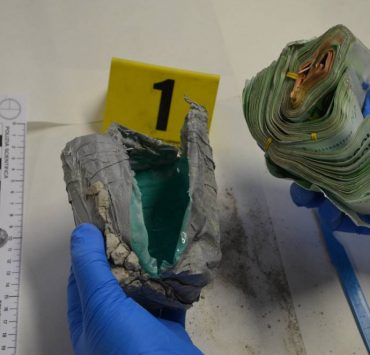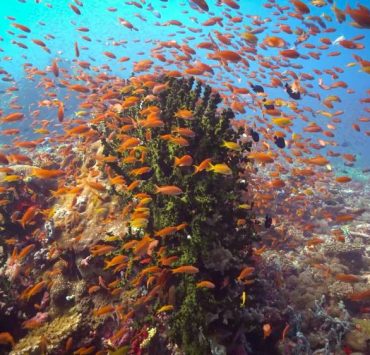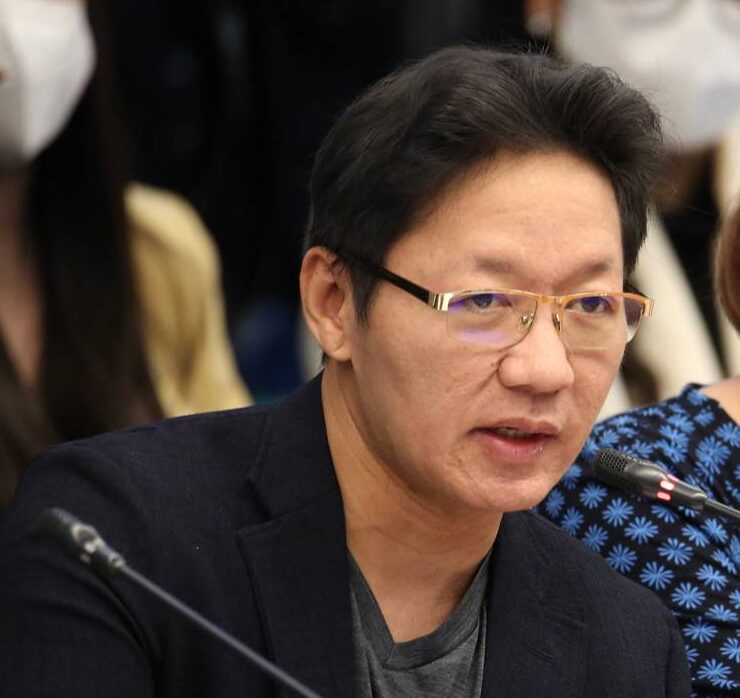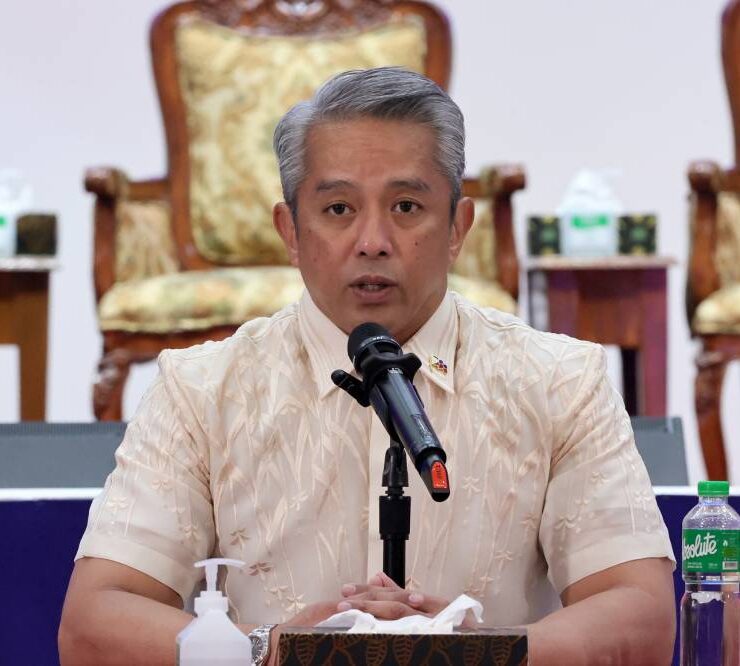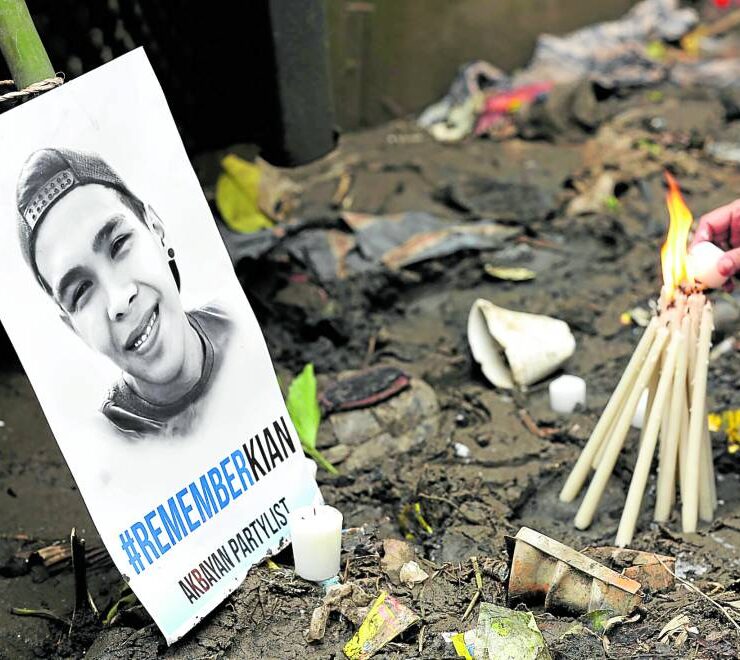Golf courses in Metro, Rizal ordered to mind water use
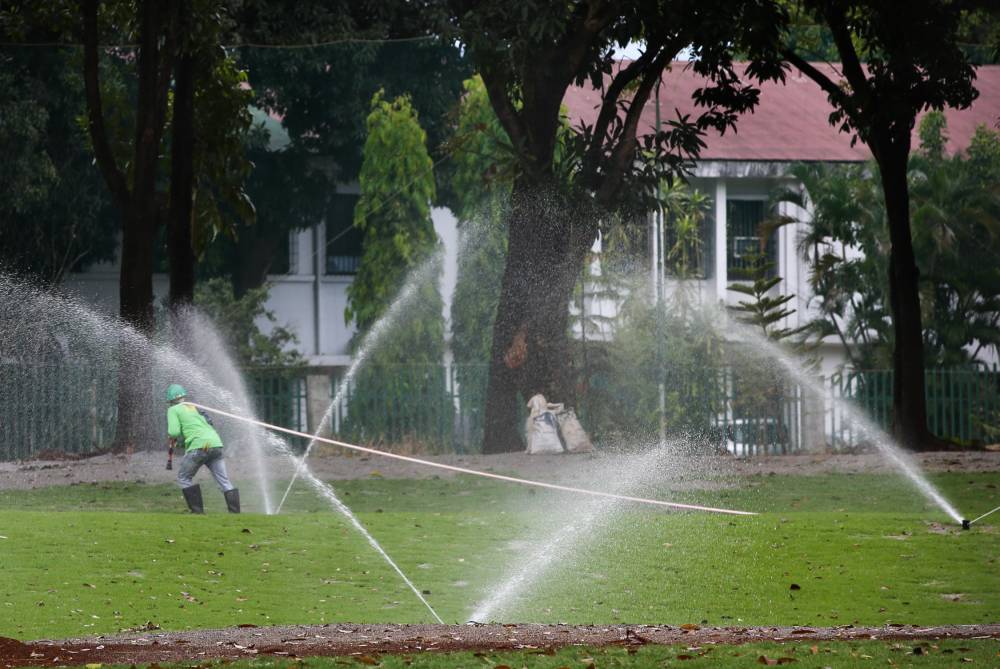
Known as heavy users of water, golf courses in Metro Manila and nearby Rizal province have been ordered by the Department of Environment and Natural Resources (DENR) to implement strict conservation measures as record-breaking heat from the El Niño phenomenon is forecast to last longer than initially expected.
In a bulletin on Tuesday, the DENR asked the general managers of golf courses to use only recycled water in irrigating their fairways, greens, tees, rough, grass patches and plants to reduce reliance on ground and pipe water.
The DENR said graywater, or wastewater from sinks and showers of clubhouses, could be used for such purposes.
The directive covers courses in military camps like Camp Aguinaldo Golf, Veterans Golf, Army-Kagitingan Golf, Villamor Golf and Philippine Navy Golf; Wack-Wack Golf, Manila Golf, Alabang Golf and Club Intramuros in Metro Manila; and Valley Golf, Sun Valley Golf, Forest Hills Golf and Eastridge Golf in Rizal.
Homes, companies, too
“El Niño conditions still prevail over the country and drought conditions will likely persist for the months of May and June 2024,” the DENR said.
“The water level in Angat [Dam in Bulacan] is still above its minimum operating level of 180 [meters], however, the rate of its decrease is quite fast due to the extreme dry conditions and huge consumption of water for both domestic and irrigation use,” it added.
The DENR said households and other business establishments like condominiums, car wash shops and resorts should also regulate or minimize water use.
According to the National Water Resources Board (NWRB), most golf courses operating in Metro Manila use between 700 cubic meters and 1,400 cubic meters of water per month, or between 700,000 and 1.4 million liters. A cubic meter of water is equivalent to 1,000 liters or approximately five drums of water.
Impact on supply
Last week, the DENR also released a bulletin prohibiting the golf courses from using pipe water from water concessionaires Maynilad Water Services Inc. and Manila Water due to the impact of El Niño.
In a 2009 resolution recommending water allocation for critical areas in the country, the NWRB acknowledged the impact of golf courses on water supply.
“Intensive use of water by the booming golf course industry has adverse impacts on water resources which includes groundwater pollution and water scarcity such that during period of droughts and water use restrictions, irrigation of golf courses competes with other water uses like domestic and industrial purposes,” it said.
The resolution noted that during water shortages, “it is explicitly provided for under the provision of the Water Code of the Philippines that the use of water for domestic and municipal purposes shall have a better right over all other uses which includes recreational purposes where golf courses are categorized.”
Citing the 1998 Master Plan Study on Water Resources Management of the Philippines, the resolution identified Metro Manila, Metro Cebu, Angeles, Baguio, Iloilo, Bacolod, Cagayan de Oro, Davao and Zamboanga as “water critical areas.”
‘Unacceptable’Also on Tuesday, President Marcos directed agencies to focus their efforts on providing potable water to about 40 million Filipinos still without access to clean, drinkable water, calling the situation “unacceptable.”
At a press briefing in Malacañang, Environment Undersecretary Carlos Primo David said they were given orders by the President to work with the National Irrigation Administration and the Department of Public Works and Highways in transforming projects into multipurpose water facilities.
“The directive of the President this morning was very clear—40 million of our residents, of Filipinos, do not have access to a formal water supply. They still access water from springs, from creeks, some even rainwater; they rely on rainwater for drinking water purposes,” he said.
“He (Mr. Marcos) said, ‘It is unacceptable that we have 40 million of our countrymen that do not have access to formal water supply,’” he added.
Most Filipino households that do not have access to formal water supply are in Mindanao, David noted.
President Marcos also directed agencies further to explore foreign funding for priority investment areas.
The government may also consider issuing bonds for water projects and public-private partnership ventures, David said.
According to data from the DENR’s Water Management Office, 22 million Filipinos are served by the Metropolitan Waterworks and Sewerage System, another 22 million by water districts, 20 million by local government-run utilities, and 10 million by private water supply providers.The government is also planning to set up desalination facilities for island communities to process seawater into fresh water, David said. INQ














